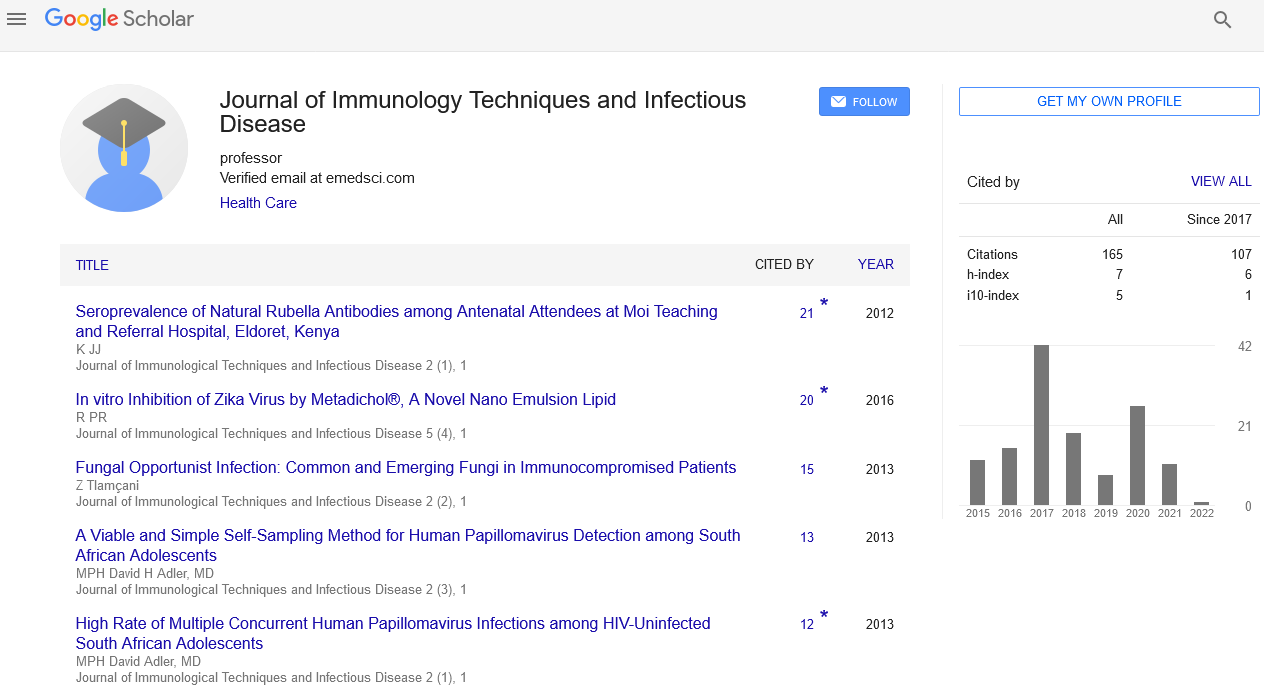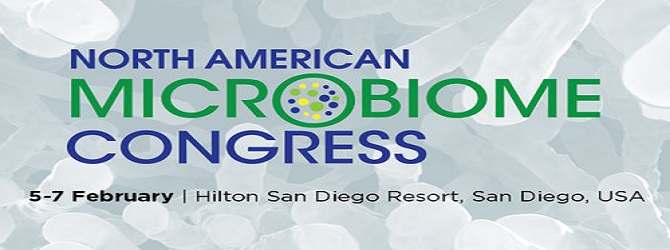Physical properties of 3D matrix regulate killing efficiency of cytotoxic T cells
Bin Qu
Saarland University, Germany
: J Immunol Tech Infect Dis
Abstract
Under physiological conditions, immune cells encounter complex and dynamic three dimensional (3D) extracellular matrix (ECM) composed of fibrous mesh networks. Concerning immune surveillance, interaction of ECM with immune cells plays an essential role in tuning the final outcome. In solid tumors, dense extracellular matrix (ECM) serves as physical barriers to hinder infiltration and dampen functions of CTLs, leading to rather disappointing efficacy of cytotoxic T cell (CTL)-based adoptive immunotherapy in solid tumors compared to its big success in liquid tumors. Using primary human CTLs, we have analyzed how dense ECM shape killing efficiency of CTLs and found that their killing efficiency in dense collagen matrices is decreased via impaired migration in 3D. Two physical properties of ECM including the pore size and stiffness modulate CTL migration. The microtubule-network is a negative regulator for CTL migration in dense collagen matrices. Perturbing microtubule integrity by nocodazole or vinblastine (a chemotherapeutic agent) substantially enhanced killing efficiency of CTLs in dense matrices (Ref 1). Meanwhile, we have analyzed migration trajectories of primary human CTLs in collagen matrix using mathematical modeling and revealed three migration modes of CTLs in 3D: slow, fast and mixed. CTLs tend to squeeze into existing channels in collagen matrices or push aside collagen fibers to create channels in the matrix. Other T cells can then use these channels and move much faster through the matrix (Ref 2). This observation was also confirmed by our recently established label free light-sheet scattering microscopy (LSSM), which is a robust approach for long-term visualization of ECM-cell interaction without blind spot and photobleaching (Ref 3). In summary, our results suggest the microtubule network as a promising target to enhance killing efficiency of CTLs in a context of solid tumor, and reducing stiffness of ECM in tumor microenvironment could benefit efficiency of CTL immune surveillance.
References:
1. Zhao R, Zhou X, Khan ES, Alansary D, Friedmann K, Yang W, Schwarz EC, del Campo A, Hoth M, Qu B. 2021. Targeting the microtubule-network rescues CTL killing efficiency in dense 3D matrices. Front Immunol 12:729820.
2. Sadjadi Z, Zhao R, Hoth M, Qu B, Rieger H. 2020. Migration of cytotoxic T lymphocytes in 3D collagen Matrices. Biophys J 119: 2141-2152.
3. Zhou X, Zhao R, Yanamandra AK, Hoth M, Qu B. 2022. Light-sheet scattering microscopy to visualize long-term interactions between cells and extracellular matrix. Front Immunol 13:828634.
Biography
Bin Qu studied Biology at the University of Science and Technology of China and completed her M.Sc. at the Institute of Biochemistry and Cell Biology, CAS, China. She got her Ph.D. (summa cum laude) at Biophysics, Faculty of Medicine, Saarland University in 2010, and continued as a postdoc researcher. Since 2013, she has been an independent group leader (tenured since 2018) at Biophysics, Center for Integrative Physiology and Molecular Medicine, Saarland University. Her research is focused on underlying mechanisms to regulate killing efficiency of cytotoxic T lymphocytes and natural killer cells by three-dimensional matrices and by high glucose.
 Spanish
Spanish  Chinese
Chinese  Russian
Russian  German
German  French
French  Japanese
Japanese  Portuguese
Portuguese  Hindi
Hindi 
